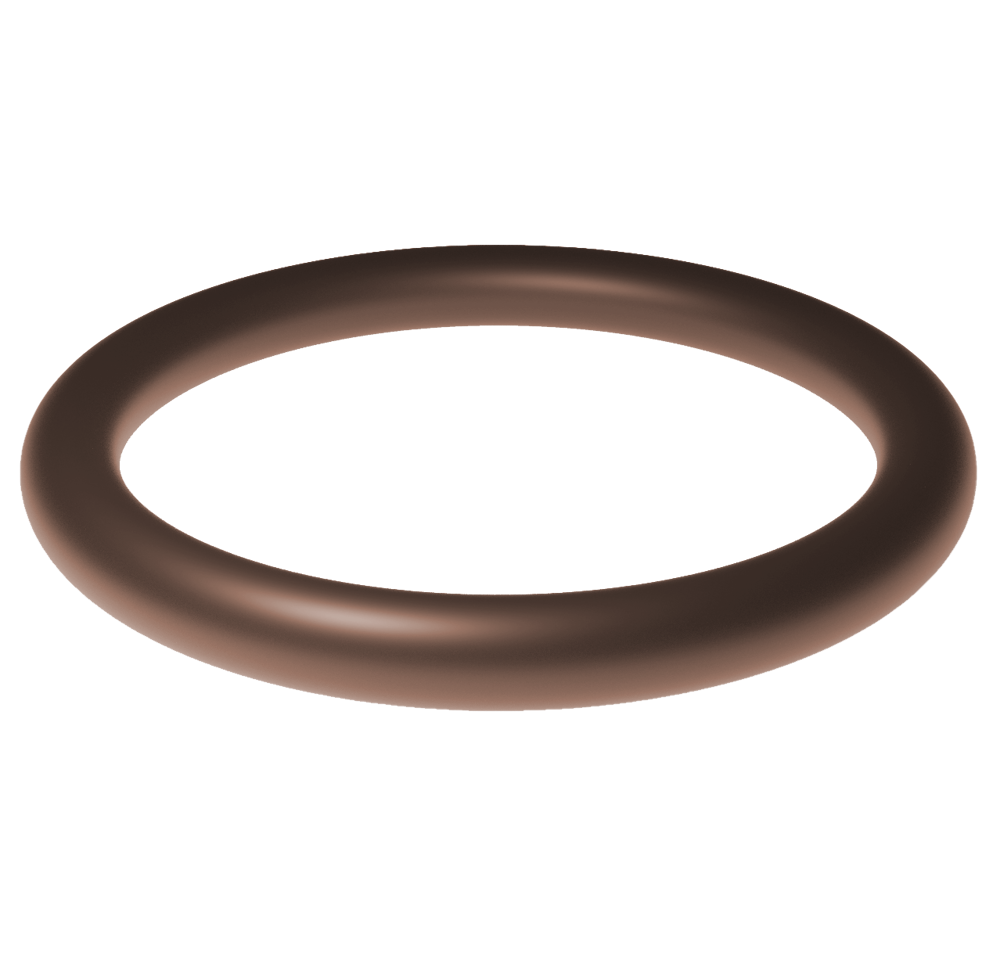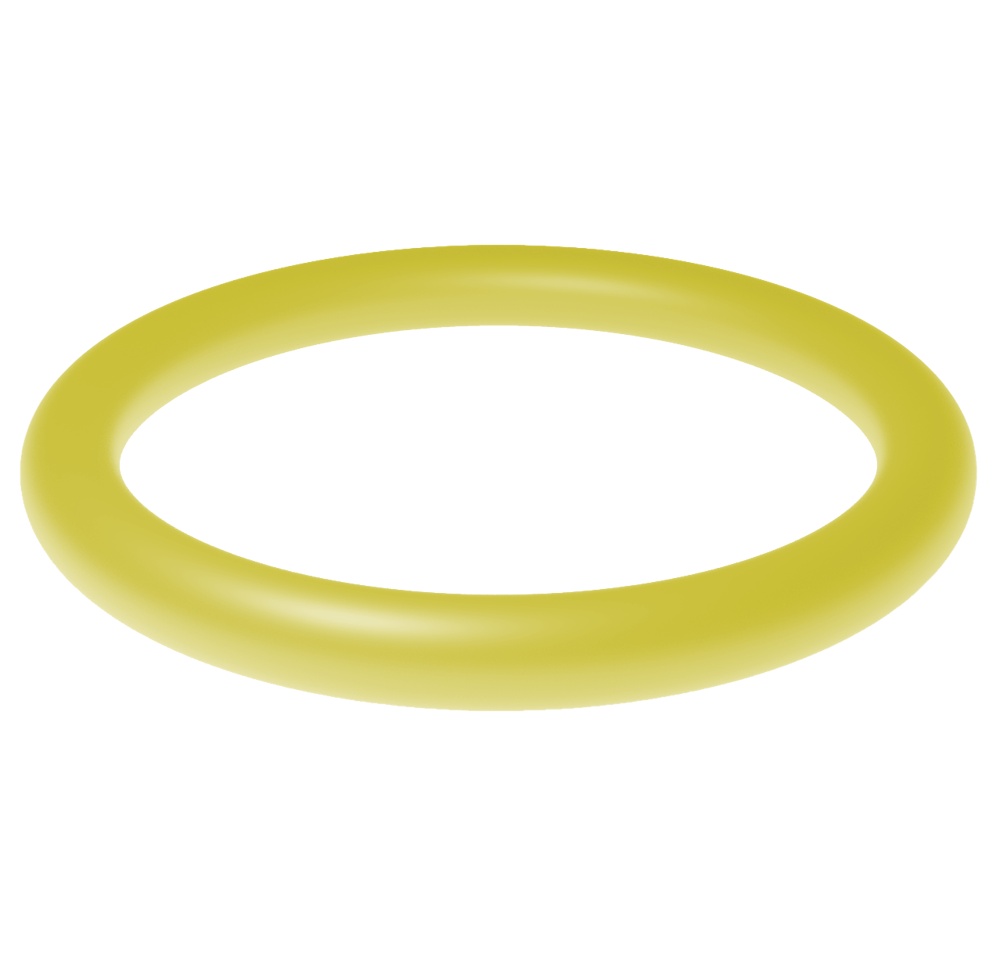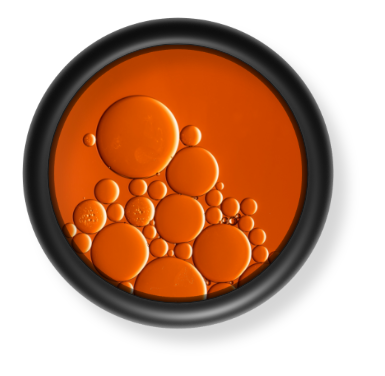Updated: November 2023
When it comes to sealing solutions, o-rings are unsung heroes in a variety of industries. These small, donut-shaped rubber wonders play a crucial role in preventing leaks and ensuring the efficiency of countless mechanical systems. What many may not realize is that these o-rings often come in a spectrum of colors, and each hue serves a specific purpose.
1. Material Identification:
One of the primary reasons behind the diverse colors of o-rings is to distinguish between different materials used in their production. O-rings can be made from various materials, including nitrile, silicone, fluorocarbon (Viton), and ethylene propylene diene monomer (EPDM), among others. Assigning specific colors to different materials helps manufacturers and engineers quickly identify the type of o-ring being used, ensuring compatibility with the intended application.
2. Durometer Variation:
Durometer is a measure of the hardness of a material. O-rings with different durometer ratings are better suited for specific environments or applications. The color-coding system helps users easily recognize the durometer of an o-ring, allowing them to select the appropriate hardness for their needs. For instance, a red o-ring might indicate a higher durometer, suitable for applications where increased hardness and durability are essential.
3. Temperature and Chemical Resistance:
Certain colors are chosen to indicate the temperature and chemical resistance of the o-ring material. This is crucial information for industries where exposure to extreme temperatures or harsh chemicals is common. For example, blue o-rings might signify resistance to low temperatures, while brown ones may indicate resistance to high temperatures.
4. Branding and Standardization:
In some cases, manufacturers use color-coding as a form of branding or to comply with industry standards. Standardizing colors for specific materials or applications helps streamline the selection process and ensures consistency across different products and suppliers. Engineers and maintenance personnel can quickly identify and replace o-rings based on color without having to consult detailed specifications.
5. Visual Inspection for Wear:
The color of an o-ring can also aid in visual inspections for wear and tear. A color change may indicate damage or degradation, prompting maintenance teams to replace the o-ring before it fails and compromises the integrity of the system.
In conclusion, the rainbow of colors in o-rings is not merely for aesthetics; it serves a functional purpose in the world of engineering and manufacturing. The color code system provides a quick and efficient way to convey crucial information about the material, hardness, and resistance properties of these small but essential components. Next time you encounter o-rings of different colors, remember that each hue is a key to unlocking the secrets of their specific capabilities in the vast machinery of industry.
APG can supply any o-ring material with any color and you should never assume what material an o-ring is based on color alone. Click through below to learn more about the most common colors associated with each material as the industry standard. If you need any more information, contact one of our experts.
O-Ring Colors
 |
Brown |
 |
Rust Red |
 |
Light Green |
 |
Clear |
 |
Green |
 |
Yellow |
 |
Purple |
APG Wants To Be Your O-Ring Supplier
At APG we have been providing our customers with the o-rings they need since 1943. In that time, we have learned a lot about manufacturing the best quality o-rings on the market, as well as how to assist our customers in purchasing the products that are best suited for their specific applications. Shop our o-ring selection now, and if you have questions please don’t hesitate to contact us or look into our knowledge base to help find the right answer. We look forward to exceeding your expectations in both quality and service.










 +1 800-888-5223
+1 800-888-5223
.png)

.png)
.png?width=352&name=PTFE%20(1).png)


.png)